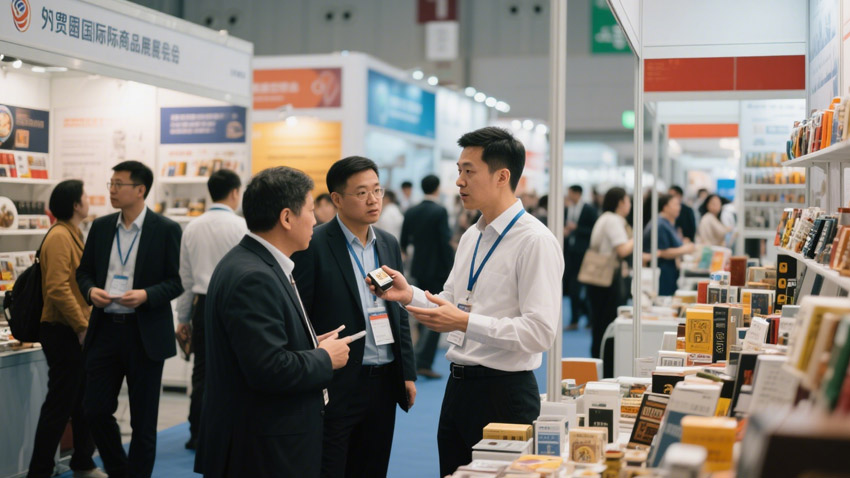In today’s increasingly competitive global trade environment, supply chain cost reduction has become a critical battlefield for B2B enterprises to maintain healthy profit margins and market competitiveness.
Procurement, as one of the largest cost components in the supply chain, offers huge opportunities for optimization. Yet, most businesses are stuck on the old path of “price squeezing” and fail to notice three hidden but powerful levers within their procurement processes.
In this article, we’ll break down these three overlooked optimization points that could cut your supply chain costs by up to 30%. Backed by practical experience from China sourcing agents and product sourcing services, this guide will help you move beyond price negotiations and unlock structured, sustainable cost savings.
1. The First Hidden Cost Trap: Supplier Redundancy & Lack of Performance Evaluation
As foreign trade companies grow, many continue relying on an outdated or bloated supplier system established in their early stages. This often includes “zombie suppliers,” relationship-driven vendors, or underperformers — all silently inflating costs.
🔍 Optimization Strategies:
- Regular Supplier Performance Reviews: Establish a standardized evaluation model (e.g. on-time delivery rate, defect rate, quote competitiveness, response time) and review quarterly.
- Leverage China Sourcing Agents: Professional agents bring access to vetted supplier networks and deep industry know-how, helping identify hidden cost drivers and replace uncompetitive vendors.
- Tiered Supplier Management: Classify suppliers into strategic, backup, and elimination tiers to ensure better focus and resource allocation.
👉 Cost Reduction Impact: Replacing low-efficiency suppliers can cut costs by 10–15% while improving delivery quality and reliability.
2. The Second Missed Opportunity: Fragmented Processes & Lack of Digitization
Many B2B companies still rely on emails, Excel sheets, and instant messaging for procurement — leading to disconnected workflows, communication errors, and high hidden costs.
🔍 Optimization Strategies:
- Adopt Lightweight Procurement Systems or ERP Tools: Even budget-friendly SaaS tools can digitize procurement flows from quotation to delivery, minimizing errors and manual work.
- Align Procurement with Logistics: Use digital tools to synchronize purchasing schedules with warehousing and shipping, preventing overstock or shortages.
- Outsource Operational Procurement: Partnering with a product sourcing service team can help fast-track digital transformation, especially for small to mid-sized businesses.
👉 Cost Reduction Impact: Streamlined processes reduce communication time, order errors, and inventory waste — saving 8–12% in operational costs.
3. The Third Untapped Lever: Over-Designed Products and Packaging
Many buyers focus on product unit price, overlooking potential cost savings in product structure and packaging. Often, materials, functionality, or packaging specs are over-engineered beyond customer needs.
🔍 Optimization Strategies:
- Engage Early in Product Design: Collaborate with suppliers or sourcing agents during product development to identify opportunities for simplification.
- Customize Packaging Specs Thoughtfully: Avoid over-specification that leads to unnecessary material and logistics costs.
- Modularize Complex Products: Break down products into standard modules for better bulk purchasing efficiency.
- Educate Clients on “Good Enough” Design: For budget-conscious B2B buyers, emphasize cost-performance balance rather than premium complexity.
👉 Cost Reduction Impact: When done right, redesigning product specs can save 5–10% per unit without compromising functionality or brand positioning.
✨ Bonus Accelerator: The Evolved Value of China Sourcing Agents
Many companies still view China sourcing agents as mere price negotiators or middlemen. In reality, modern sourcing agents offer full-stack services, including process outsourcing, supplier risk control, and cost structure optimization.
What They Really Offer:
- Strong Supplier Network: Avoid multi-layer subcontracts with direct factory access.
- Deep Knowledge of Local Market: Insight into real pricing, delivery timelines, and supplier capabilities.
- Fast & Reliable Execution: Accelerate supplier matching, order fulfillment, and quality assurance.
- End-to-End Product Sourcing Services: Sampling, factory audits, quality checks, and logistics coordination.
When combined with the three process optimizations above, a good China sourcing agent can dramatically amplify your supply chain efficiency.
✅ In Summary: Cost Cutting Is a System, Not Just a Price Game
Many companies equate cost reduction with price pressure — but real, scalable cost savings require systematic, data-driven process improvements.
Let’s recap the 3 overlooked cost-cutting points:
- Streamline your supplier pool and evaluate regularly
- Digitize procurement workflows and enable cross-team collaboration
- Reengineer product specs and packaging with a cost lens
None of these rely on price battles alone — they unlock structural value instead. And working with the right China sourcing agent or product sourcing partner can help you execute these strategies efficiently.
📌 Next Steps:
- Begin by evaluating your current supplier base — where are the leaks?
- If you’re not using any digital procurement tool yet, try a light SaaS solution.
- Want to fast-track process upgrades? Partner with an experienced China sourcing agency.
Procurement isn’t a cost center — it’s a profit generator.
Don’t let workflow gaps become profit traps. Optimize your procurement process today and start unlocking serious supply chain savings!
Would you like me to help convert this into a WordPress post format, or need a shorter LinkedIn version or newsletter teaser as well?










Leave a Reply